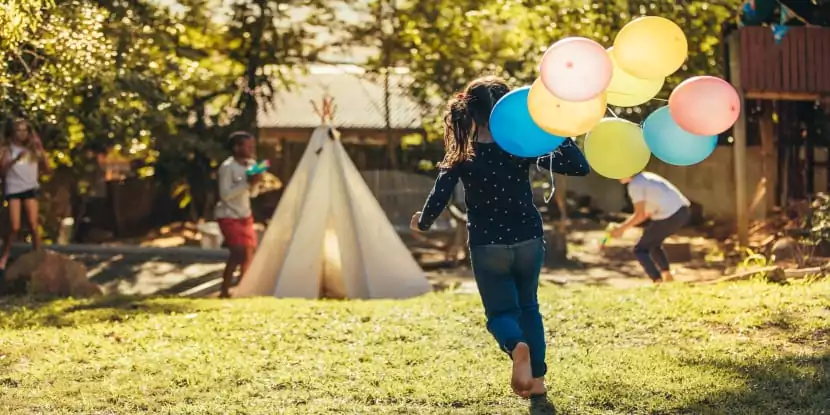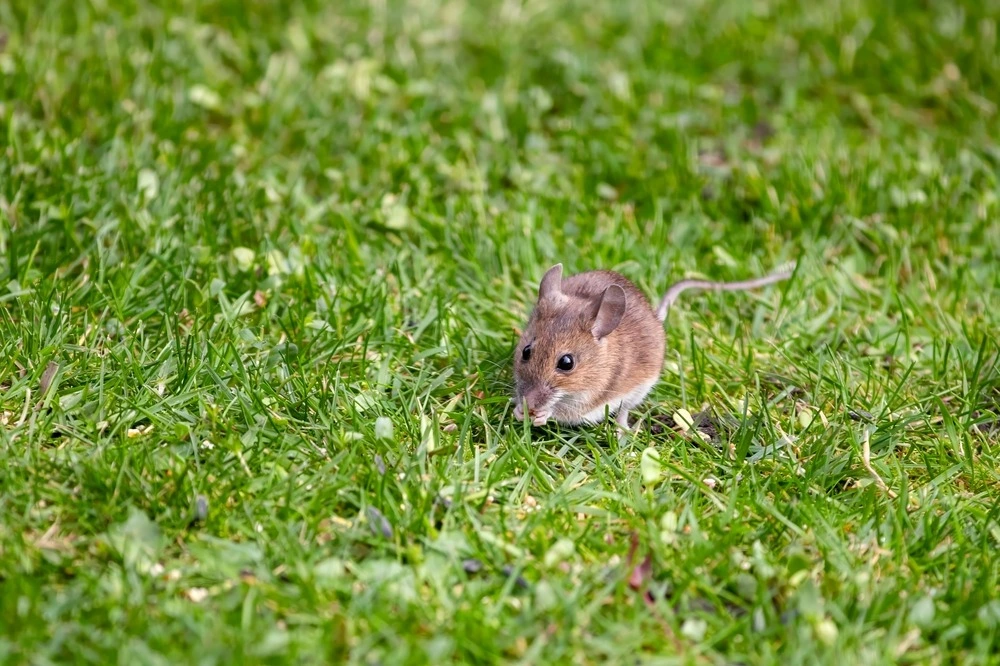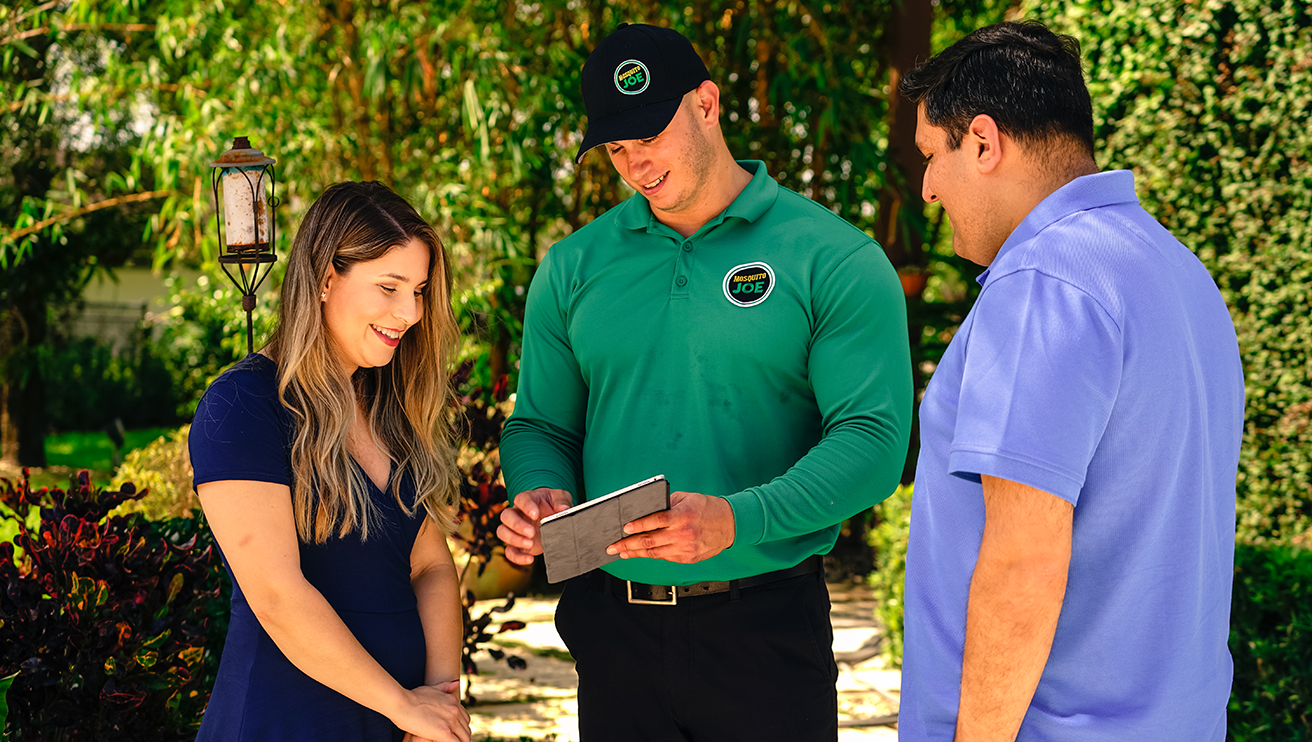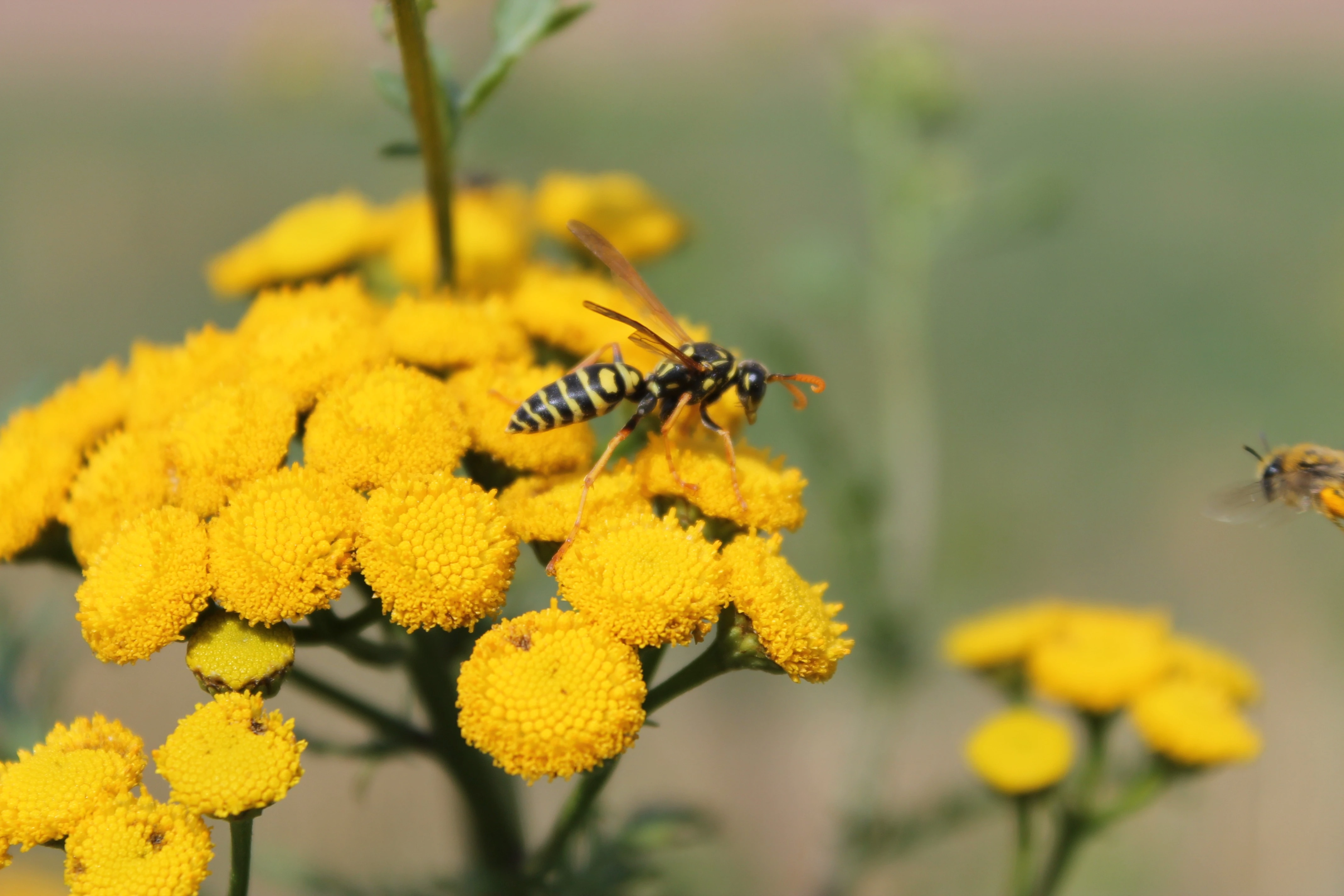Mosquito Joe® Blog
Shared Resources for Your Pest Control Needs

EPA PESP Gold Member Status: A Milestone in Environmental Stewardship
We’re thrilled to announce that Mosquito Joe has achieved Gold Status within this program, a prestigious recognition reserved for “outstanding environmental stewards.
Showing 27 Results for Tips And Fun Facts
Jan 28 2025
The best way to get rid of something is to understand it! This is true for all unwanted pests and insects, and rats are no exception. By learning about the average
Learn more
Jan 23 2025
If you’ve ever had to deal with fleas, you know that they are notorious for two things
Learn more
Jan 02 2025
Discover smart tips for preparing for a pest control visit to help make your extermination process stress-free.
Learn more
Dec 05 2024
What’s the deal with stink bugs? Are stink bugs poisonous, dangerous, or likely to bite?
Learn moreBlog Category
About Mosquito Joe®
Since 2010, Mosquito Joe® has provided mosquito and pest control services for residential and commercial customers nationwide. Our team of trained pest control experts is dedicated to getting rid of mosquitoes and other pests so you can make outside fun again. Our team of trained field professionals knows how to get the job done swiftly and thoroughly, leaving a noticeable absence of biting insects.






.webp)